Exploring San Diego’s Balboa Park
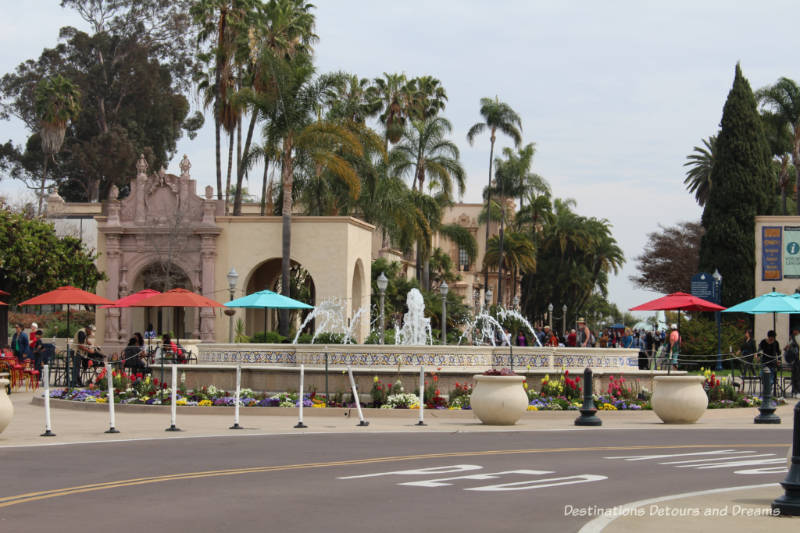
Balboa Park in San Diego, California contains museums, art, architecturally interesting buildings, walking paths and gardens
You could easily be kept busy for days in San Diego without seeing anything outside of Balboa Park. Balboa Park, one of San Diego’s top attractions, contains museums, cultural centres, art, gardens, interesting architecture and walking paths.
The park was originally named “City Park” when 1400 acres of land were set aside for it in 1868. It remained scrub-filled mesa without landscaping or development until 1892 when Kate Sessions, now called “The Mother of Balboa Park” offered to plant 100 trees a year. Many of her original trees are still living in the park. A master plan for development was adopted in the early 1900s and the park began to take on the shape of today’s park. George Marston, civic leader and merchant, was very involved in the development of the park and became known as the “Father of Balboa Park.”
Further development occurred for the 1915-1916 Panama-California Exposition, a fair commemorating the opening of the Panama Canal and hosted by San Diego. The name of the park was changed to Balboa Park, chosen in honor of the first European to spot the Pacific Ocean while on exploration in Panama. The world-famous San Diego Zoo was established in the park during the second year of the exhibition.
A second world fair, the California Pacific International Exposition, was held in 1935-36 to boost the local economy during the Depression, and more buildings and gardens were added. Development and refurbishment continued over the following years.
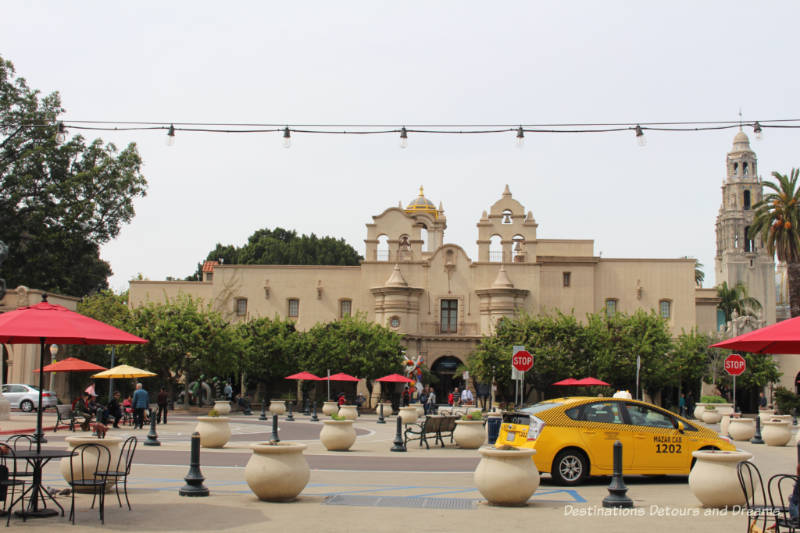
Today the park has wide, landscaped walkways past the buildings, many of which now house museums, and through gardens. The park contains several indoor restaurants and coffee shops as well as outdoor patio dining. There are many spots to picnic.
Architecture
Several Spanish-Renaissance style buildings were constructed during the 1915-1916 Panama-California Exposition. It was one of the first times this highly ornamented, flamboyant architectural style had ever been used in the United States.
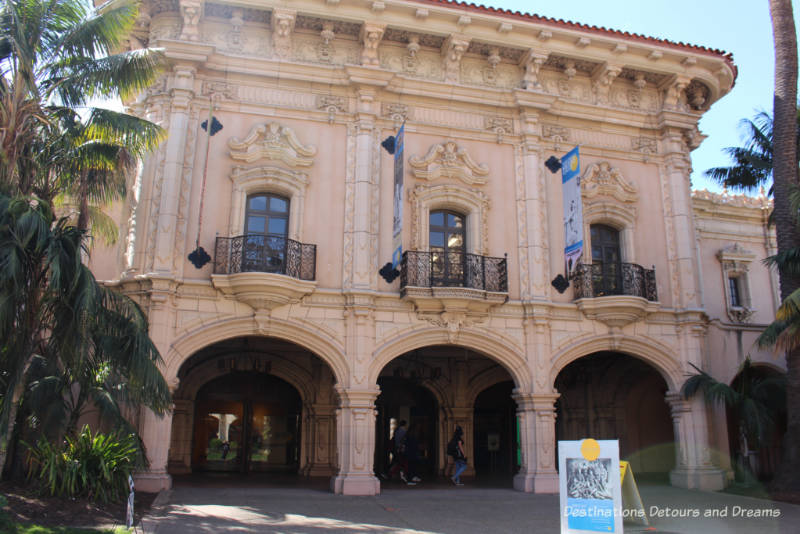
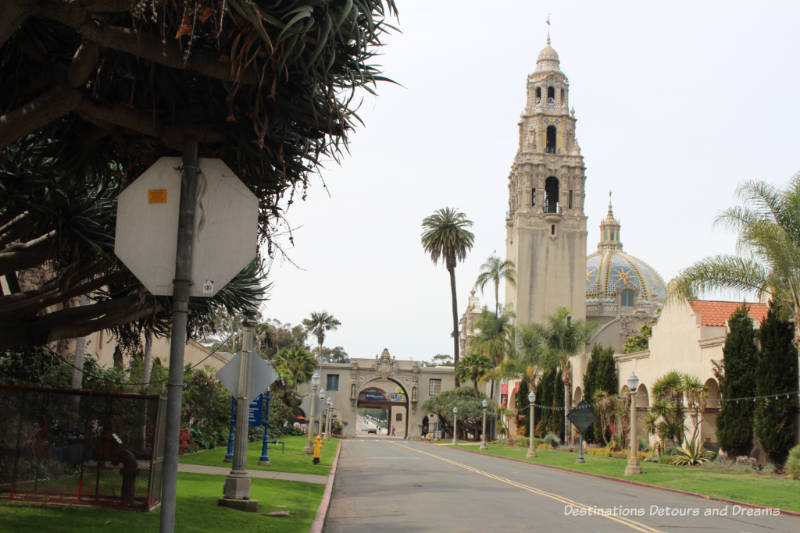
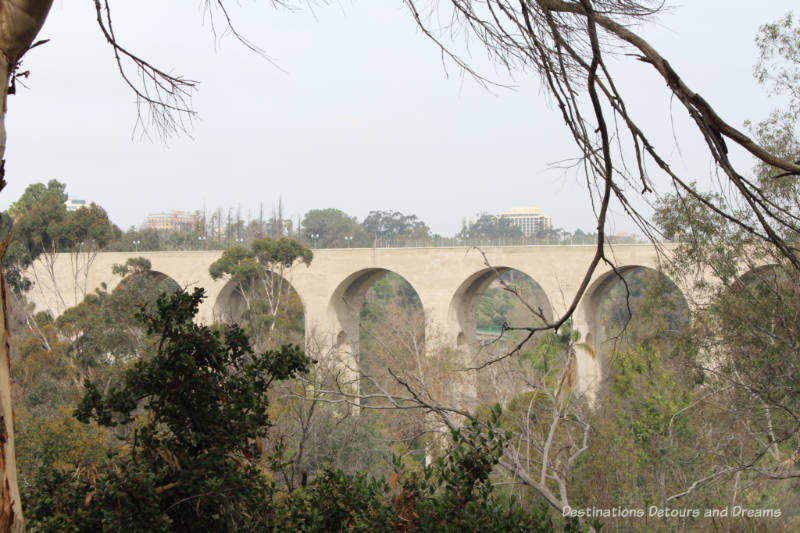
The Cabrillo Bridge was built for the 1915-16 exhibition and was the first cantilevered, multiple-arched bridge to be built in southern California. It is one of the entrances into the park.
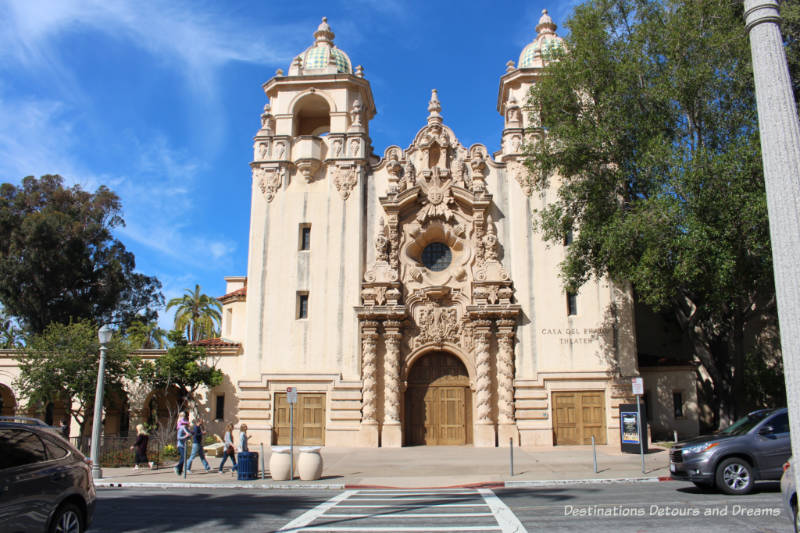
Casa del Prado is a reconstruction of several buildings from the 1915-16 exhibition. It is home to various youth organizations, a dance program and the San Diego Botanical Garden Foundation and Library.
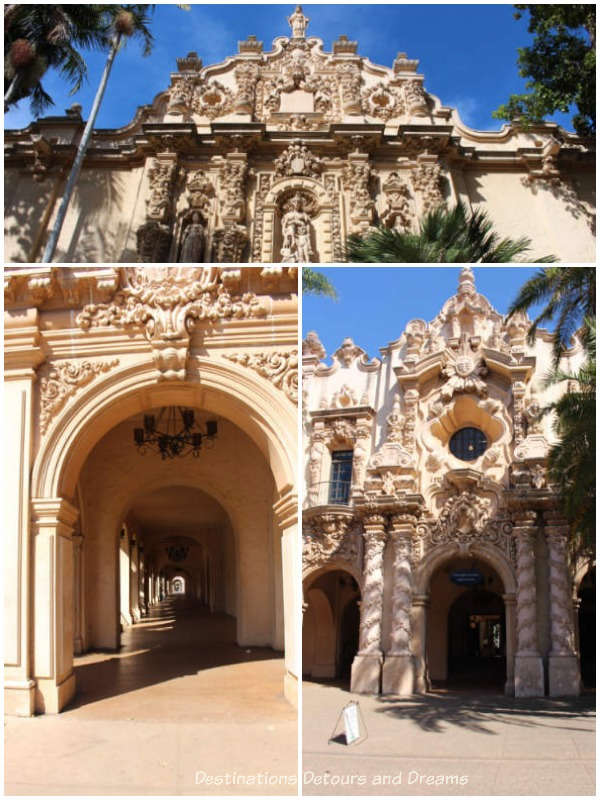
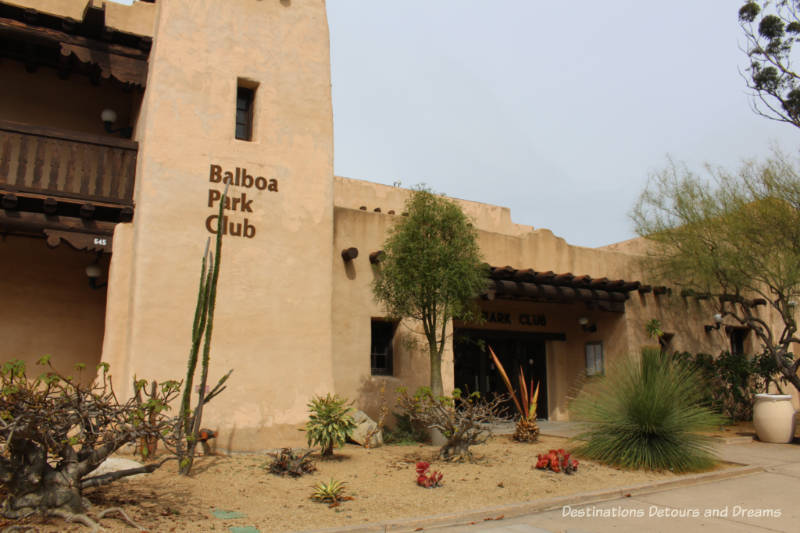
The Balboa Park Club was designed as the New Mexico State Building for the 1915-16 Panana-California Exposition. It was inspired by the 300-year-old San Esteban del Rey mission church at Acoma Pueblo. It was remodeled for the 1935-36 California Pacific International Exposition. Further changes were made in 1949 when it was designed for use as a teen club and for social events.
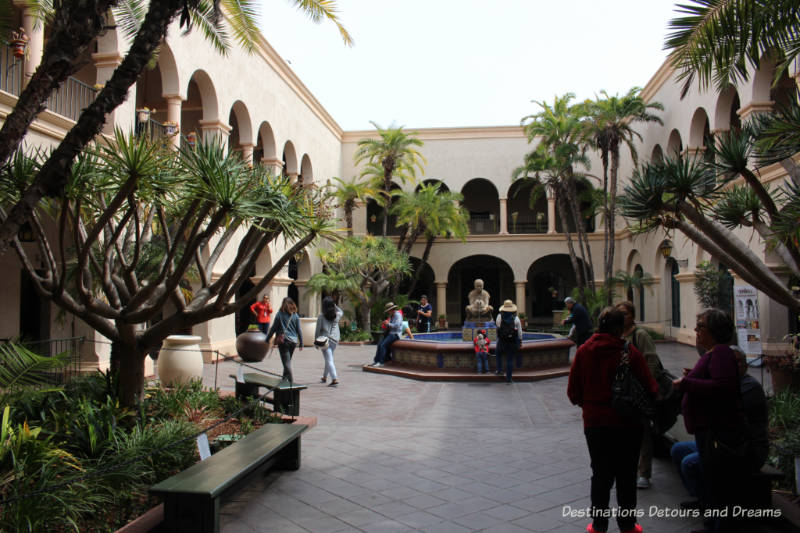
The House of Hospitality was built to be the centerpiece of the 1915-16 exhibition and was remodeled for the 1935-36 exhibition to add an inner courtyard. The fountain centerpiece Woman of Tehuantepec was created by San Diego sculptor Donal Hord.
Musuems
There are 17 museums and cultural institutions in the park.
The California Tower is now home to the San Diego Museum of Man. Guided tours of the tower are offered daily with sunset tours available on summer weekends. The 1905 Marston House, built for the “Father of Balboa Park”, in the northwest corner of the park amid five acres of landscaped gardens houses history and architectural-based books and gifts and decorative Arts & Crafts items.
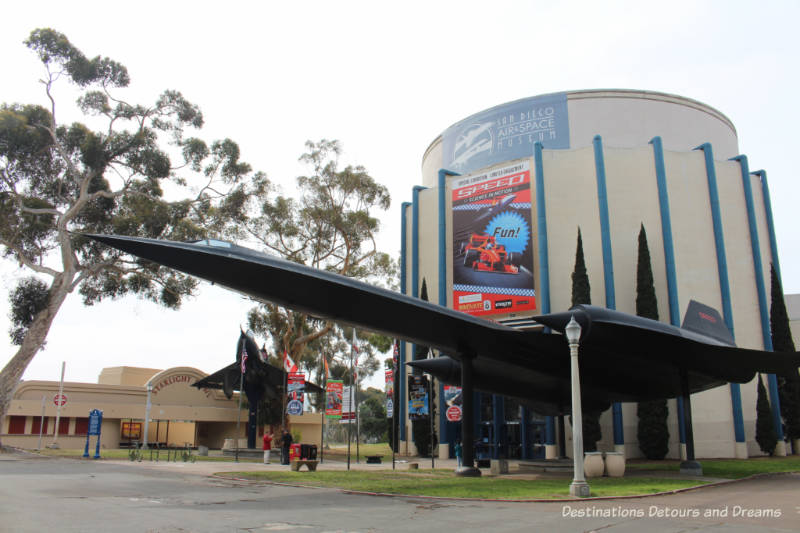
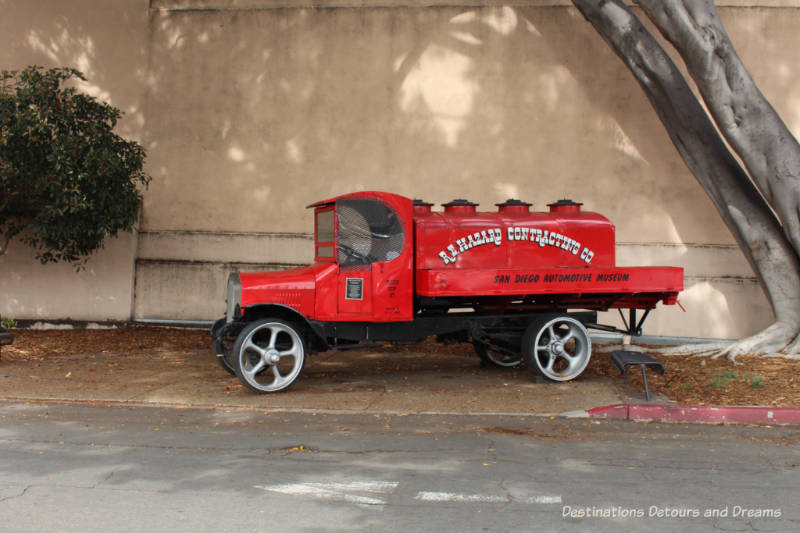
The Centro Cultural de la Raza, dedicated to Chicano, Mexican, Indigenous and Latino art and culture, is housed in a former water tower and features rotating exhibits and performances. The WorldBeat Center, also housed in a former water tower, is dedicated to African, African-American and other indigenous cultures of the world.
Other museums include a science centre, a model railroad museum, a veterans museum, a mineral and gem collection, and several art museums.
Art
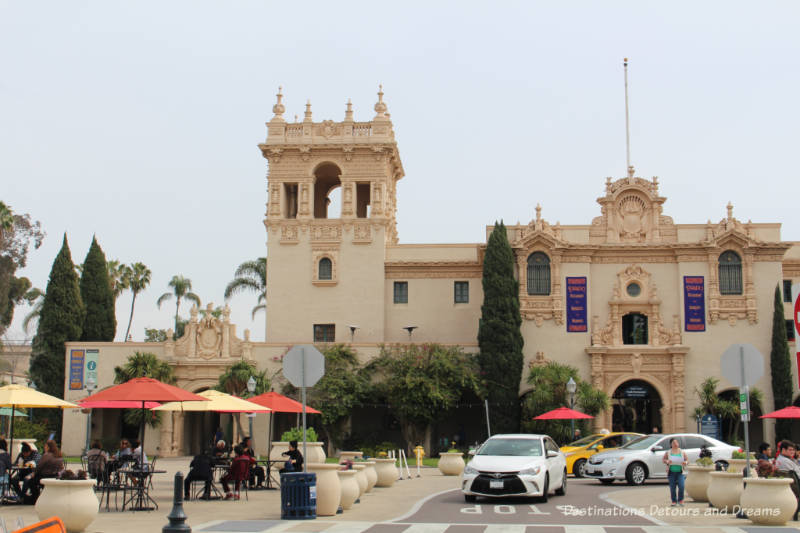
The San Diego Museum of Art was founded in 1926. It contains a selection of European old masters, 19th-20th century American art, an Asian collection, and a growing collection of contemporary and American art. The Timken Museum of Art features European old masters, 19th century American art and Russian icons. Mingei International Museum houses changing exhibitions of historical and contemporary folk art, craft and design. There is also a photographic arts museum and you can find sculptures and art pieces in various public places.
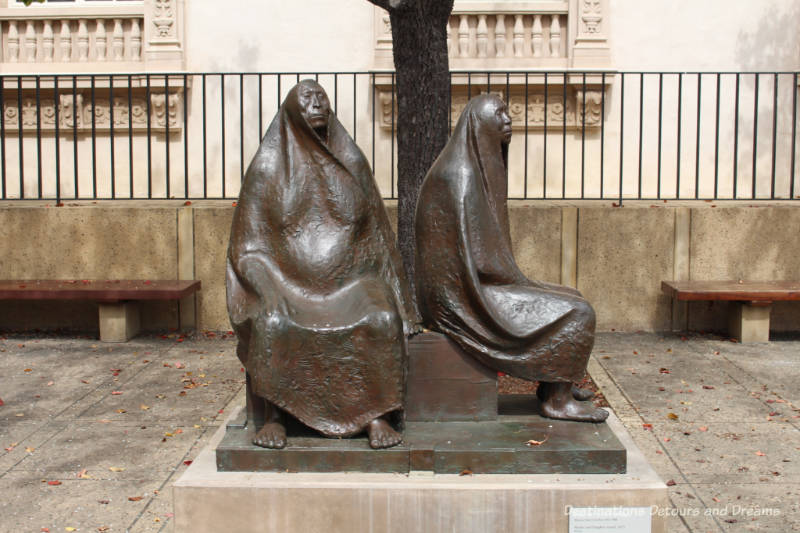
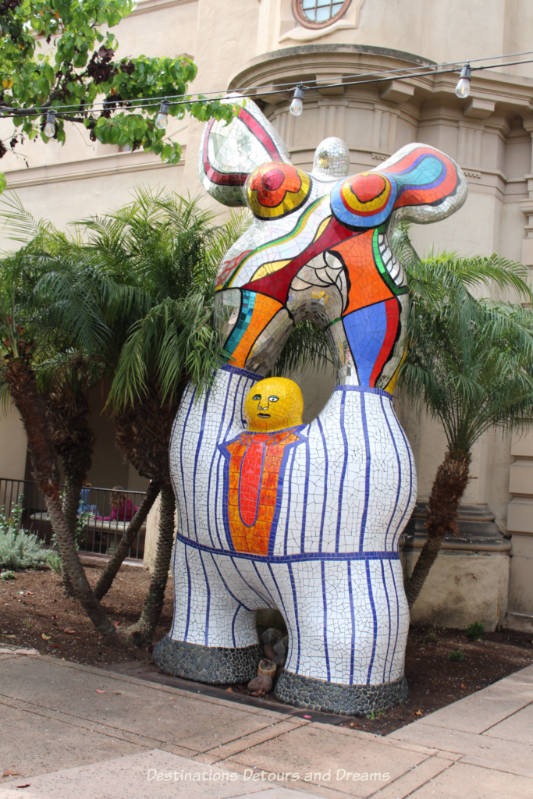
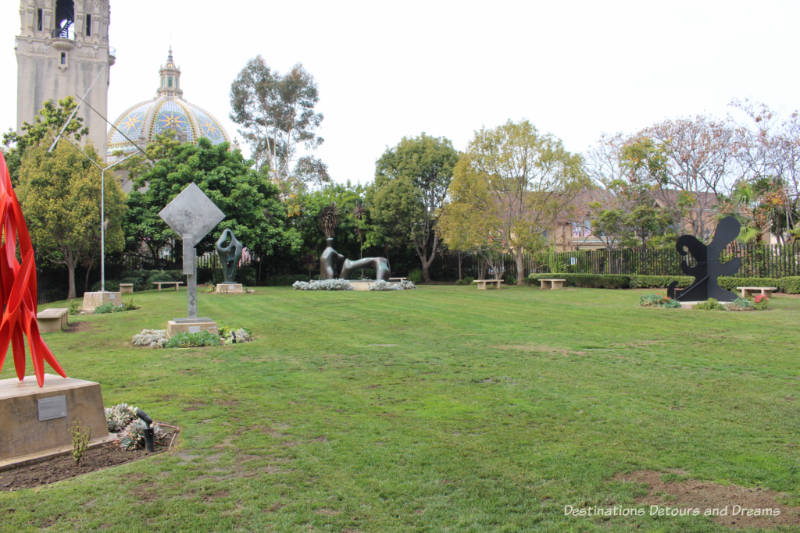
Spanish Village
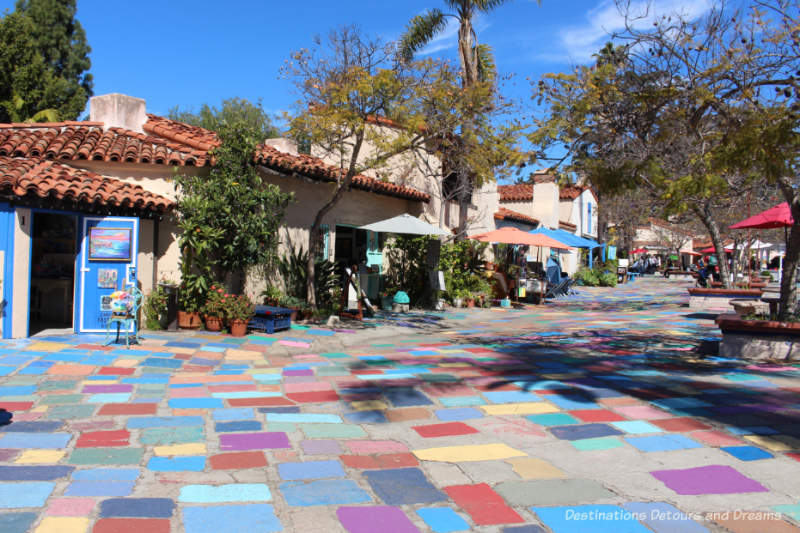
The Spanish Village Art Center was built for the 1935-35 exhibition to depict an old village in Spain. The Village reopened in 1937 as an art destination. Today, this colourful “village” is a community of over 200 artisans and houses 35 working art studios. I discovered a variety of beautiful and unusual art pieces here. In many of the shops/studios you can talk directly with the artists and see them at work.
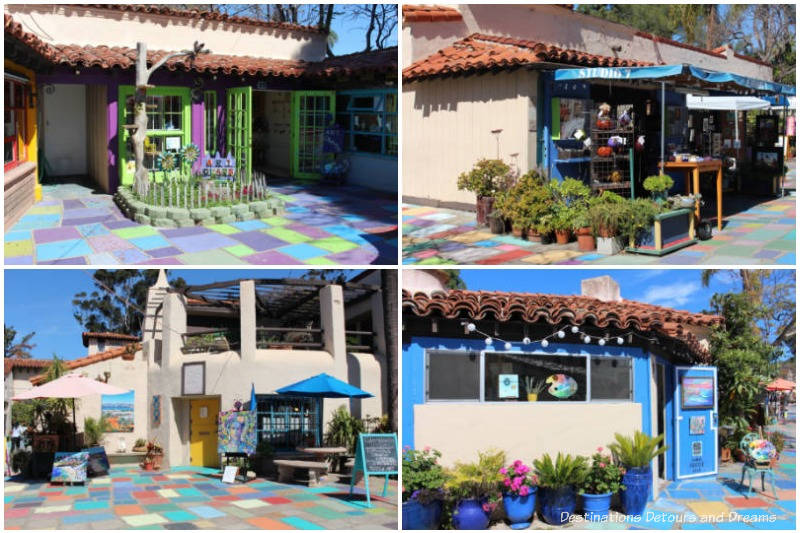
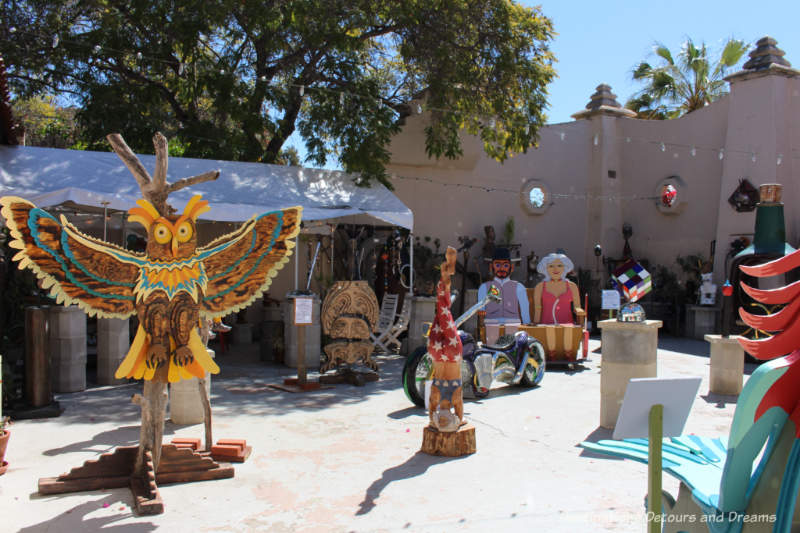
Performing Arts
There are more than 10 performance spaces in the park offering drama, comedy, music, puppet shows and dance.
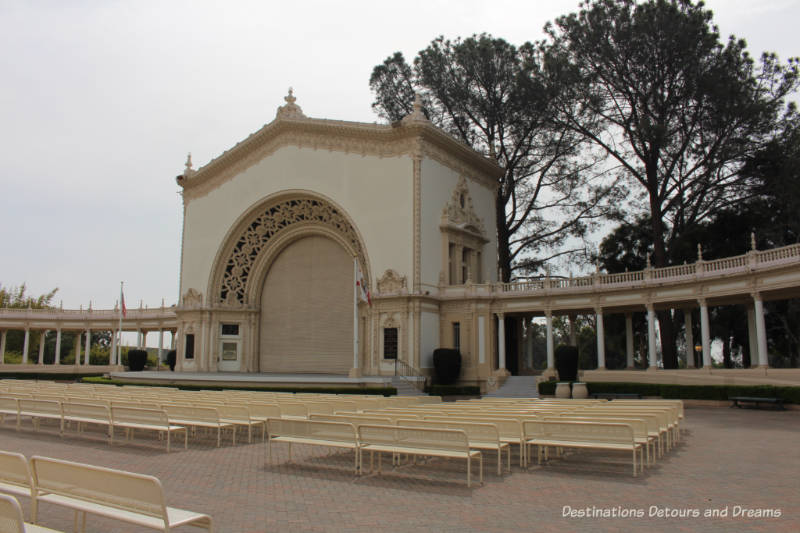
Spreckels Organ in the largest outdoor organ in the world, as of 2016. It was installed in the park for the 1915-16 exhibition and was a gift from John D. Spreckels and Adolph B. Spreckels. An oversized attic in the organ housing provides insulation and a 20,000 pound roll-down steel door safeguards the organ when not in use. There are free weekly concerts and an International Organ Festival takes place in summer.
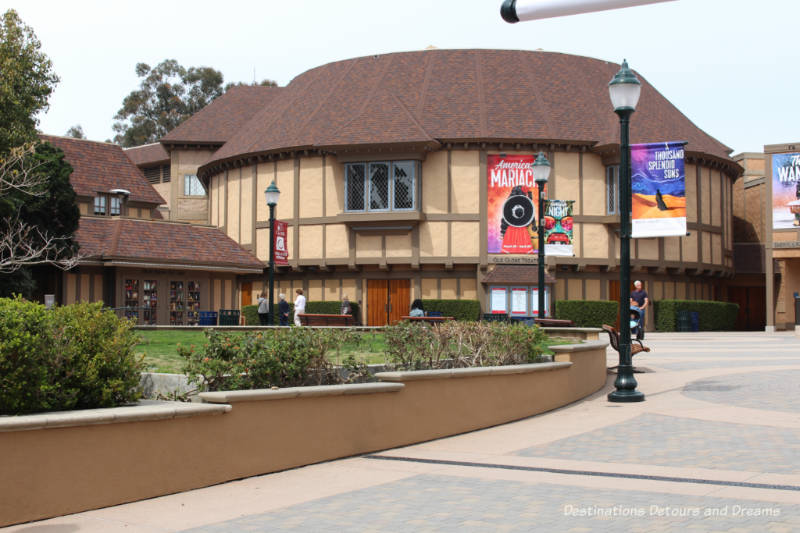
The Old Globe began as a venue for Shakespeare performances in the 1935-36 exhibition. It now produces 15 mainstage productions from varying periods and styles annually.
Landscape and Gardens
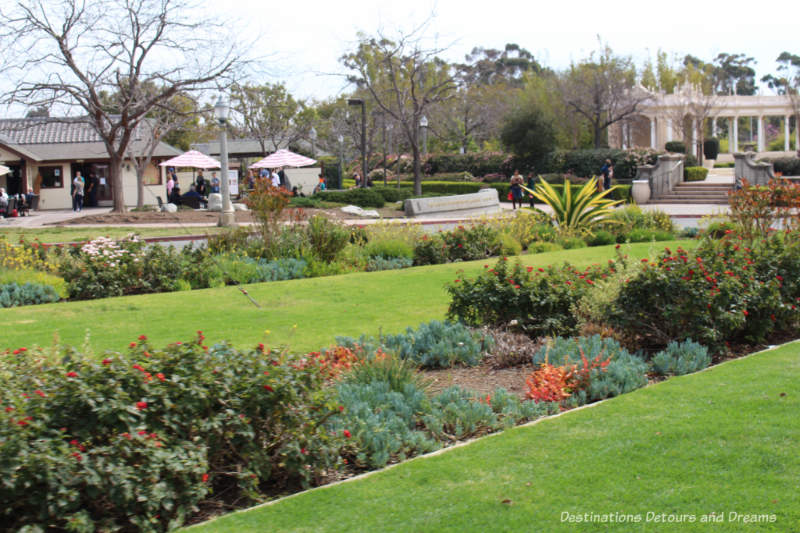
The areas around walkways and pathways are all beautifully landscaped.The park is full of mature trees. In addition there are several distinct gardens located within the park. Read The Gardens in San Diego’s Balboa Park.
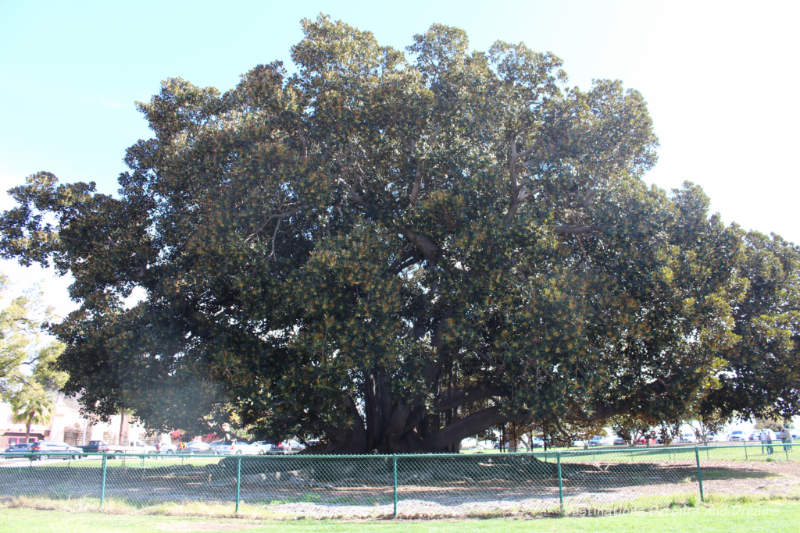
Visiting Balboa Park
Balboa Park is a public park and entrance is free. The museums and performance groups are privately run institutions and each has its own hours and admission pricing. Check the Balboa Park website for details and links to the individual institution websites. There are several parking lots in the park. Parking is generally free. A park tram stops in or near three of the lots.
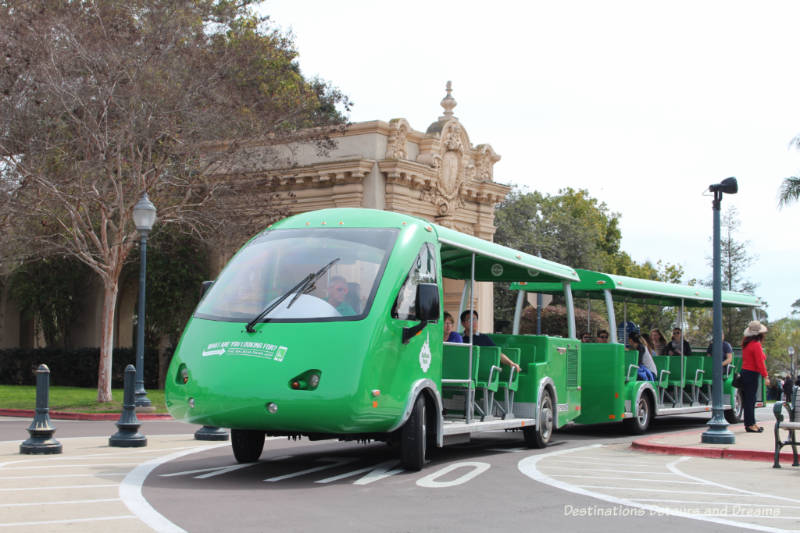
There is a lot to see and do in Balboa Park. I spent a couple of afternoons exploring the park and its gardens and yet there were many areas of the park I didn’t see. In spite of my love for museums, I didn’t make it inside any of the museums. There is certainly still lots left for me to see and do in Balboa Park on a future visit to San Diego.
Never miss a story. Sign up for Destinations Detours and Dreams free monthly e-newsletter and receive behind-the-scenes information and sneak peaks ahead.
PIN IT

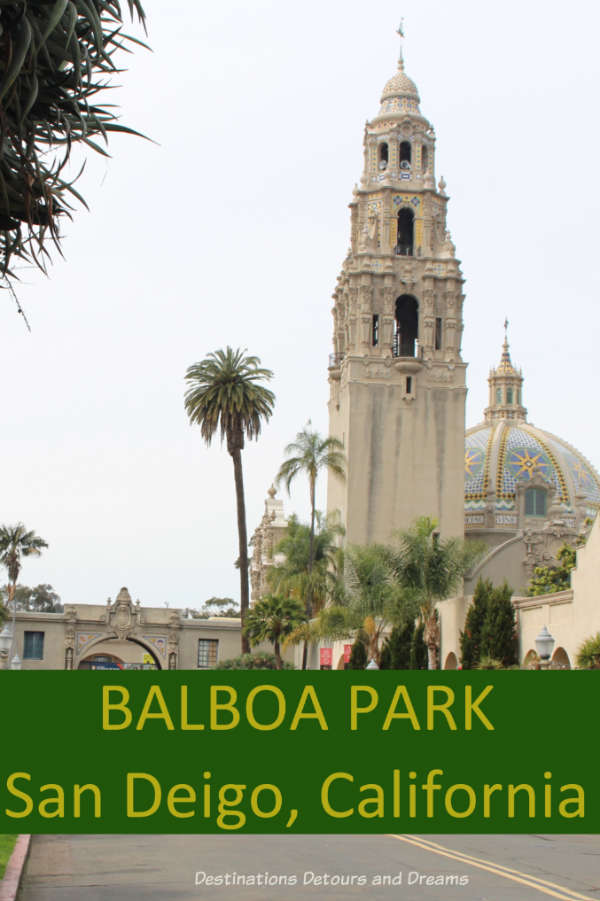
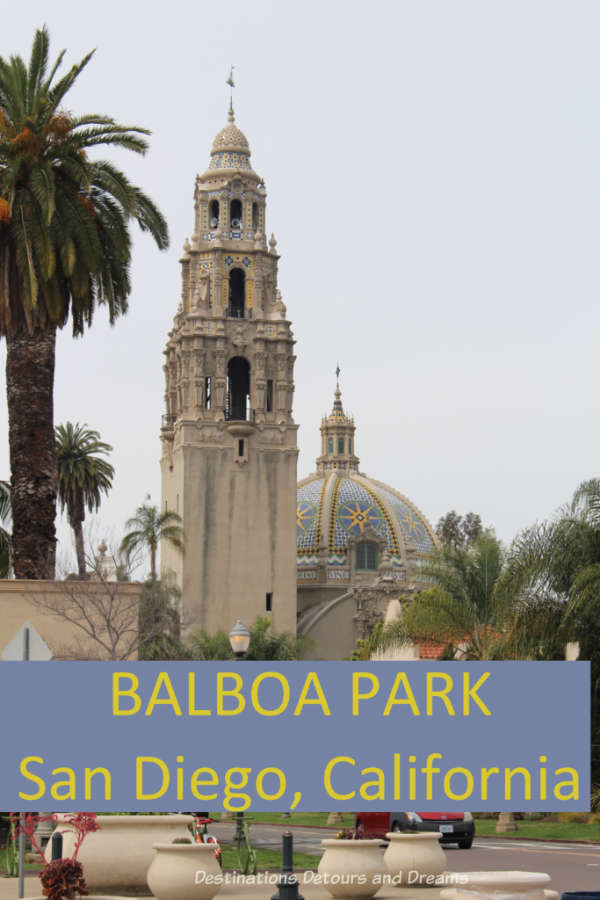
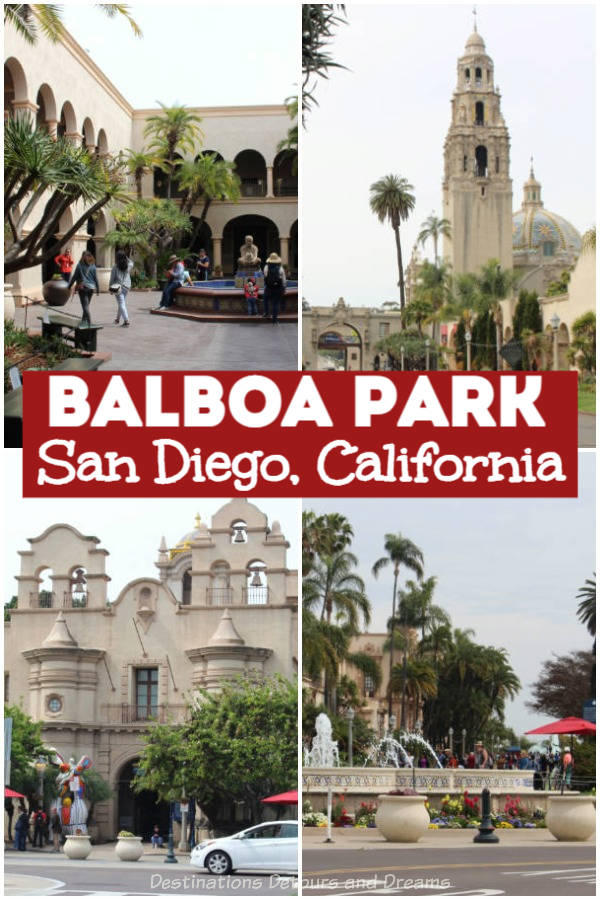

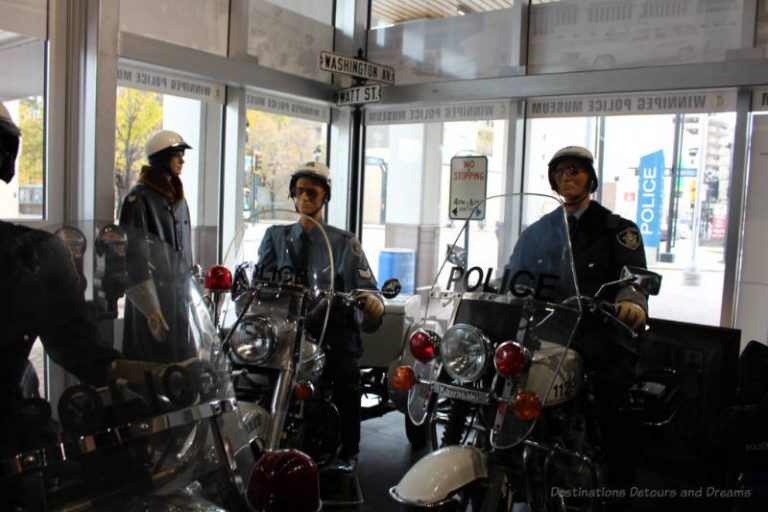
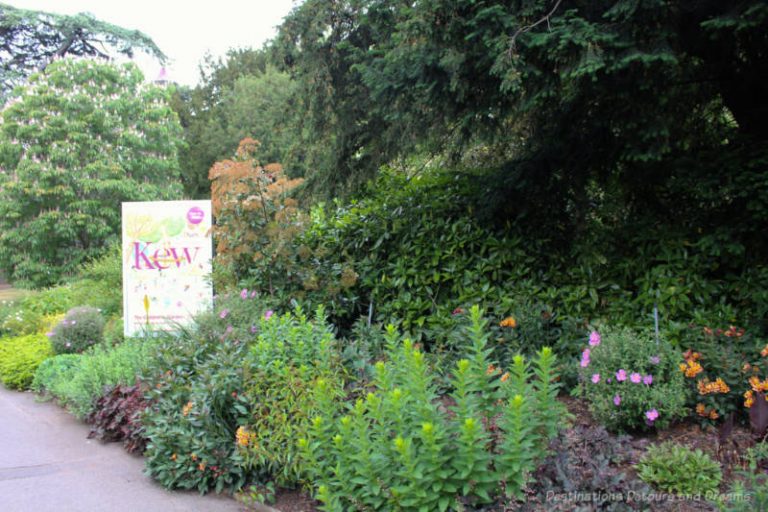
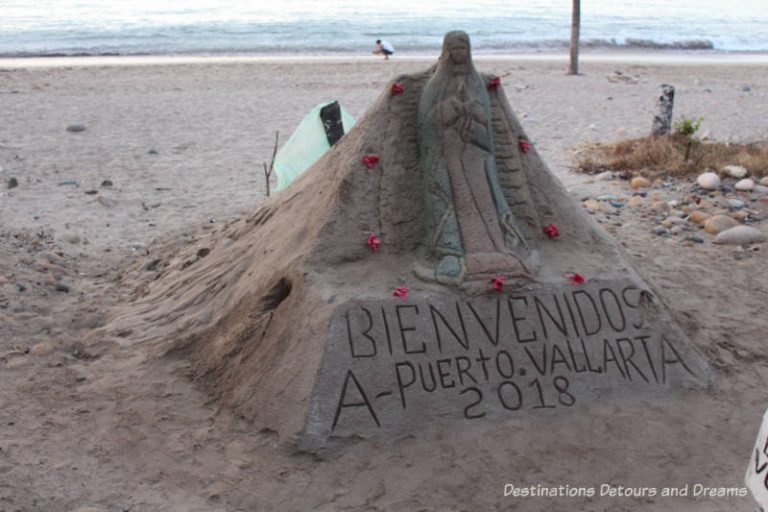
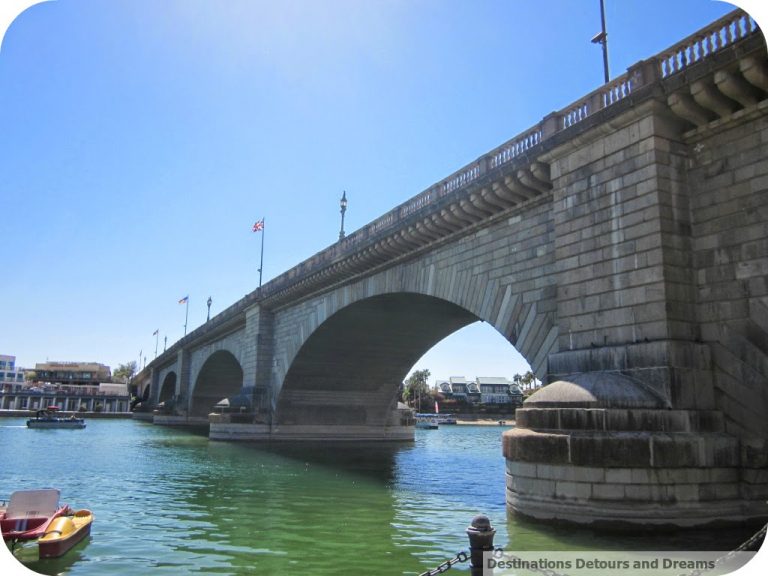
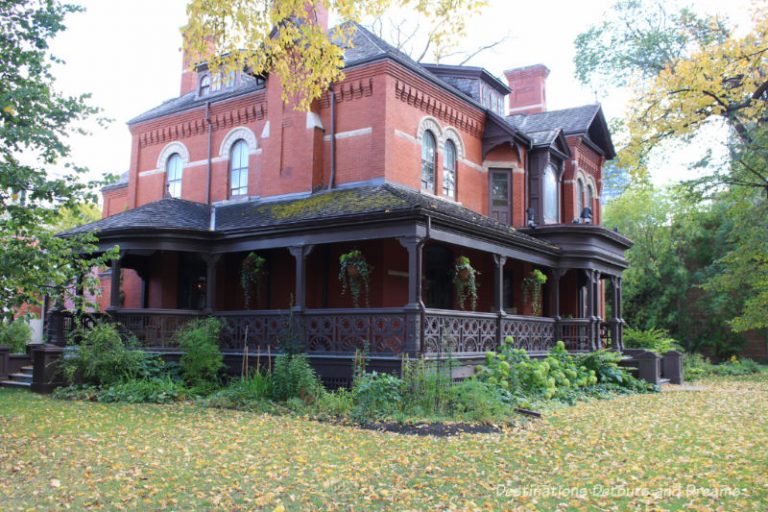
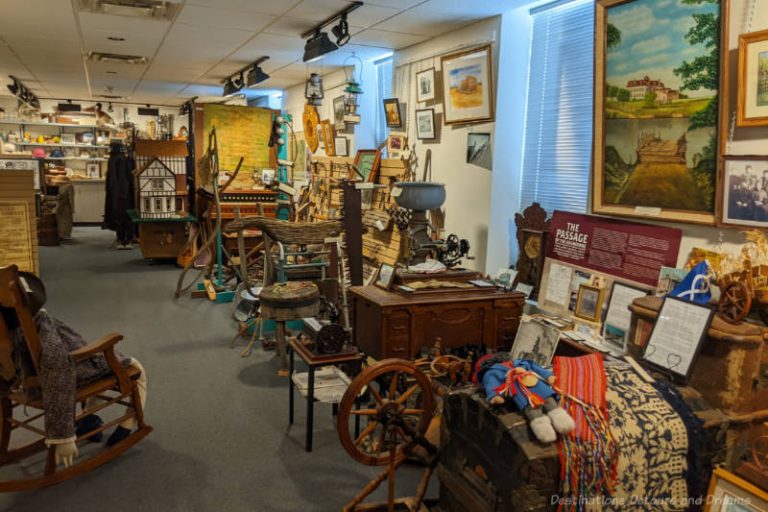
I’ve been to San Diego several times but for some inexplicable reason have never gone to Balboa Park. Had no idea there was so much there.
Ken, I found it a bit overwhelming at first because there was so much. I knew I couldn’t see everything in one day.
I live in San Diego and forget about this jem in our city. Thanks for highlighting it.
Kay Lynn, it is easy to forget about or sometimes not even be aware of the cool things in one’s home city. Your city has a lot of great places and things to do.